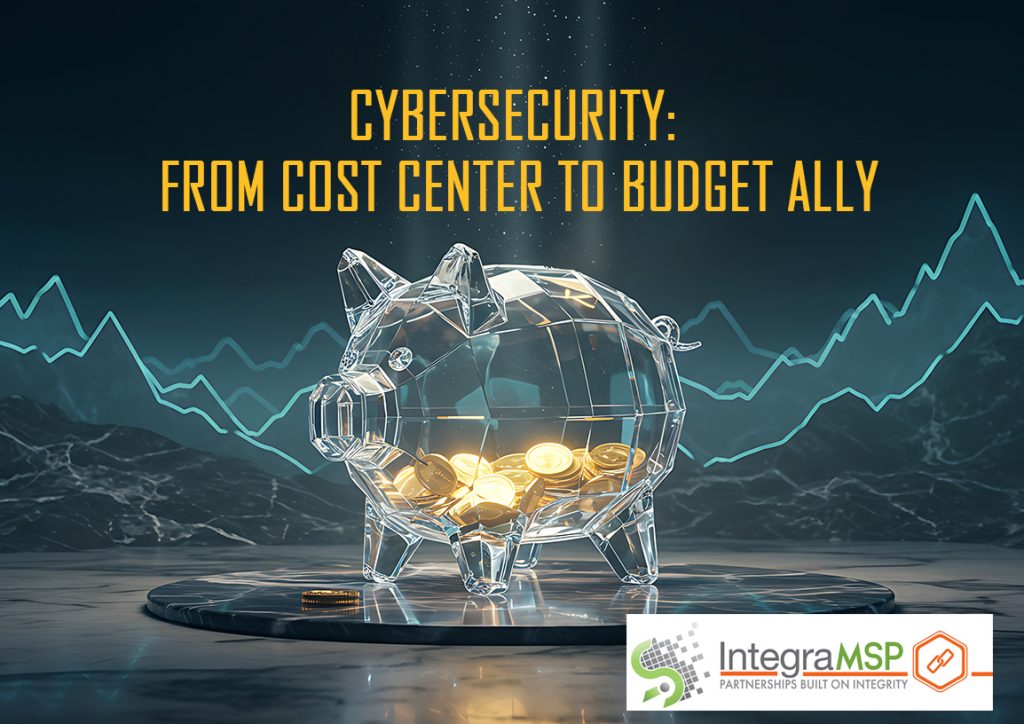
For years, cybersecurity has carried the reputation of being a “necessary evil” on the budget sheet. It’s often seen as a cost center: software, services, and insurance premiums that don’t generate revenue. But in reality, smart security is one of the most important financial safeguards a business can have. When done right, it stops small problems from becoming expensive disasters, and it can even lower costs across other parts of your operation.
The financial stakes are real. A recent report from IBM found the average cost of a data breach reached $4.88 million in 2025, with small and mid-sized businesses (SMBs) often the least prepared to absorb the impact. Beyond fines and downtime, breaches damage client trust — and once trust is gone, revenue quickly follows. Seen through that lens, every dollar spent on prevention protects far more on the back end.
Cyber insurance is another reason to treat security as an ally, not a drain. Underwriters are tightening requirements, and many now demand proof of multi-factor authentication (MFA), patching, and backups before issuing or renewing policies. According to JumpCloud’s 2025 Cyber Insurance Trends report, premiums are rising for companies that can’t demonstrate security maturity, while organizations with documented protections often qualify for better rates.
Operational resilience is another hidden ROI. Unpatched systems and outdated backups lead to downtime — and downtime is expensive. Multiple recent reports cite a figure of about $5,600 per minute for average IT downtime costs, attributed to a Gartner study, though actual numbers vary by business size and industry. Even if your cost is far below that, a modest outage of just an hour can still result in thousands lost — in revenue, wages, lost opportunities, and damage to reputation. Automating patch management, scheduling backups, and regularly testing disaster recovery plans may feel tedious, but these low-effort actions are among the most high-impact ways to prevent losses that could easily spiral into the six-figures.
Security can also protect long-term business growth. Customers and partners increasingly want to see proof that vendors take data protection seriously. According to the Verizon 2025 Data Breach Investigations Report, over 60% of SMBs lost at least one deal in the past two years due to failing to meet security requirements (Verizon DBIR 2025). In other words, better cybersecurity can literally open doors to new revenue. What once looked like a cost becomes a competitive advantage.
The takeaway: Cybersecurity is not a tax on growth. It’s an investment in predictability, resilience, and trust — three things every SMB needs heading into 2026. From insurance savings to reduced downtime and better client retention, the ROI is tangible. As you plan Q4 budgets, treat security as more than defense. It’s one of the strongest allies your balance sheet has.



